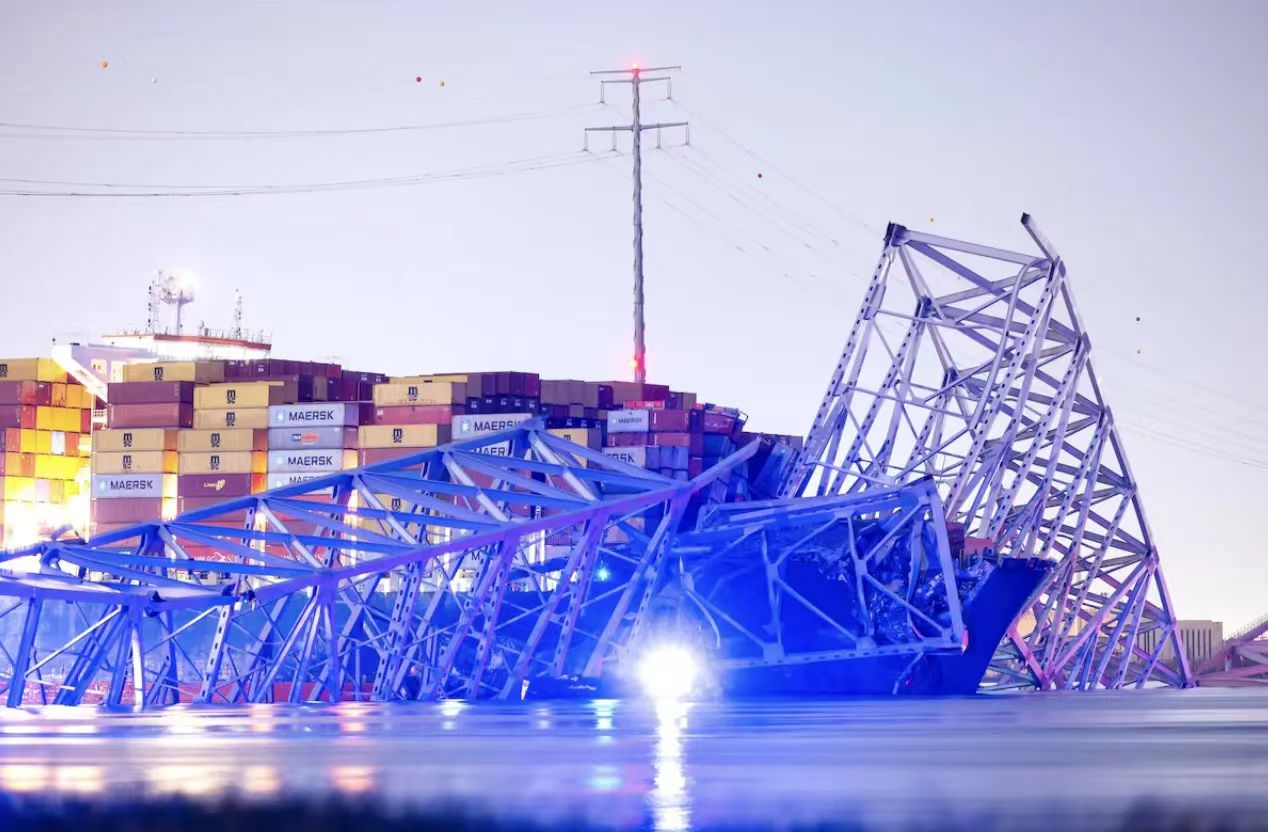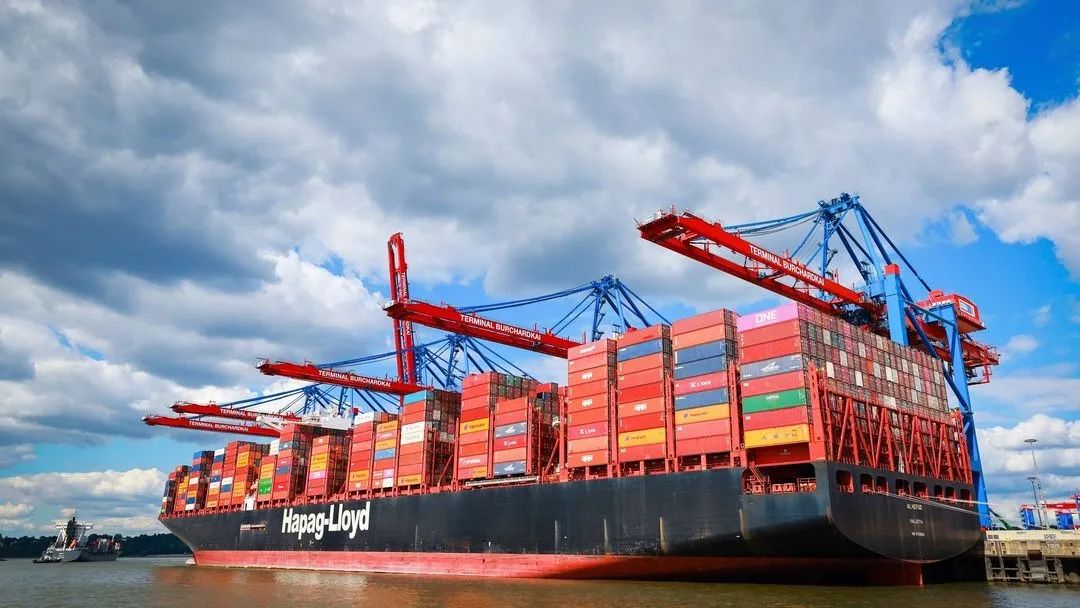Weak Demand, Oversupply of Shipping Capacity, and Red Sea Shipping is under pressure.
Despite the serious disruptions caused by the Red Sea crisis to container shipping, consumer demand remains sluggish. At the same time, there is a significant excess of capacity in the liner industry.
In fact, the sharp increase in East-West route freight rates since December of last year is largely due to concerns about potential disruptions in the supply chain during the pandemic.
Simon Heaney, Senior Manager of Container Research at Drewry, stated, "There are enough resources to deal with such interruptions. Of course, more ships are needed to maintain weekly services, but there is idle capacity. New vessels are continuously entering, and existing capacity from other surplus supply routes can also be transferred."
During a Drewry Container Market Outlook webinar, Heaney emphasized the impact of the Suez Canal redirection on the liner market.
Heaney pointed out, "The decline in port productivity is one of the main reasons for the surge in rates during the pandemic, and the reshuffling of ships due to the redirection could exacerbate congestion and equipment shortages at European ports." However, he believes that this will be a temporary phenomenon as liner networks will quickly readjust.
According to Drewry's observations, the Suez Canal redirection will continue until the first half of 2024, and during the crisis, freight rates on affected routes will remain high. However, the spot freight rate index for container shipments from Asia to Europe has already started to decline.
Heaney remarked, "Redeploying ships takes time, so the situation may be more challenging in the short term, but once the Red Sea redirection becomes a long-term strategy for shipping companies, the situation should improve."











